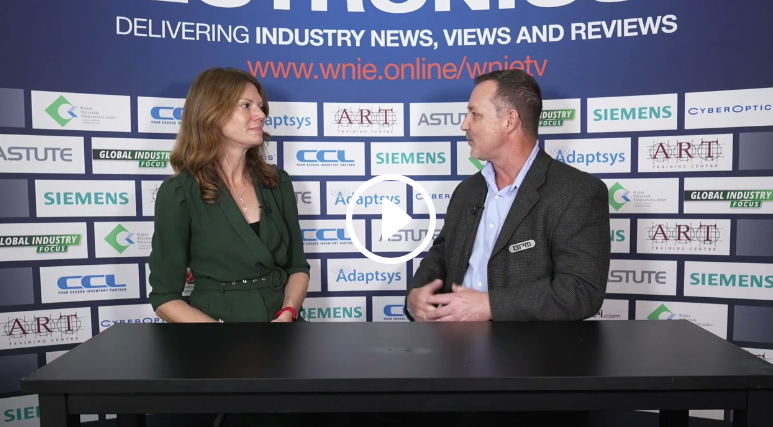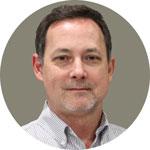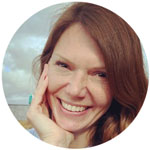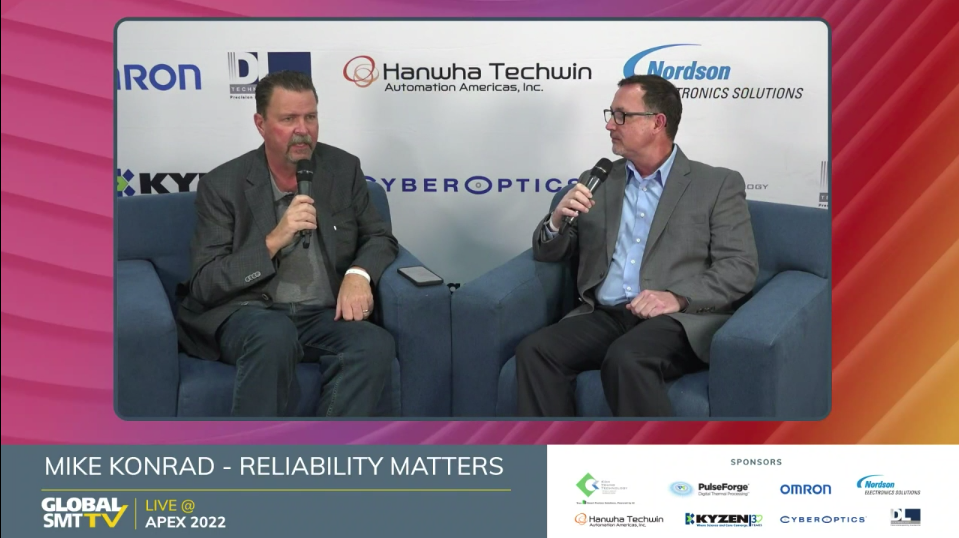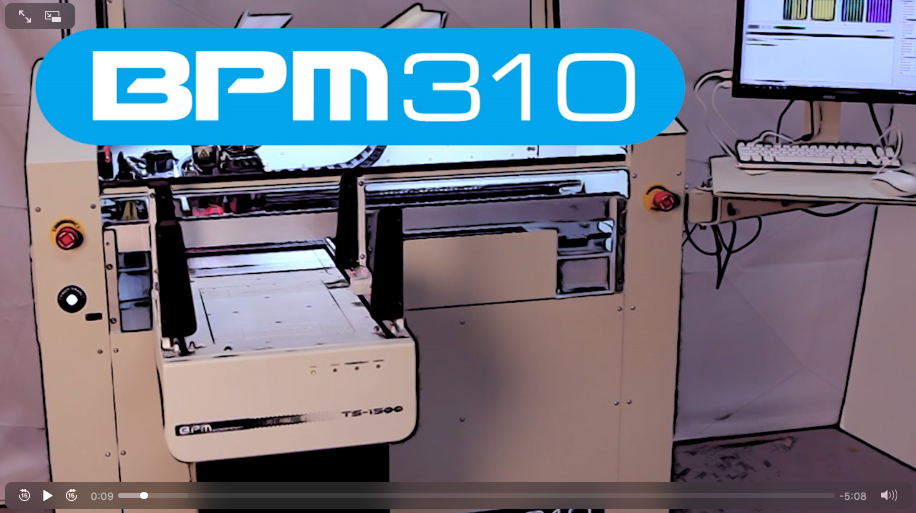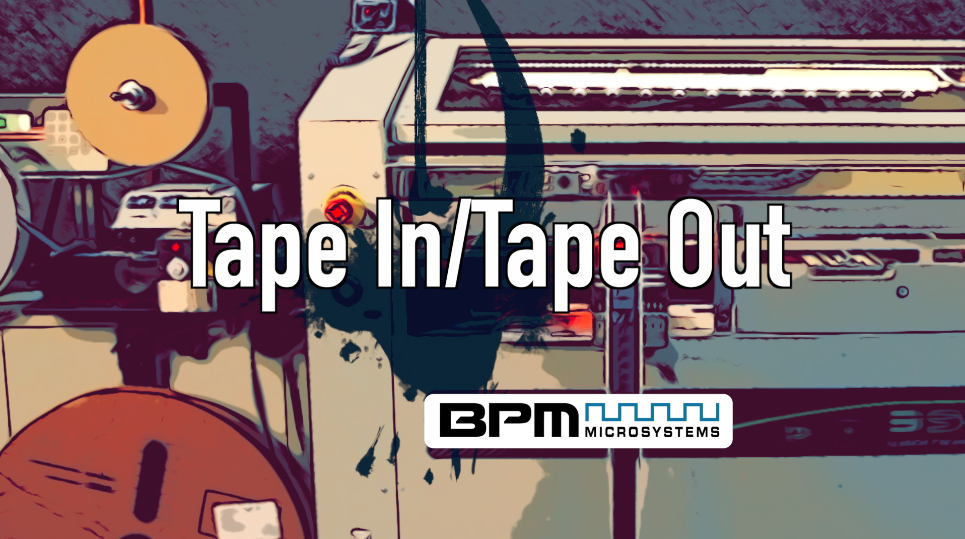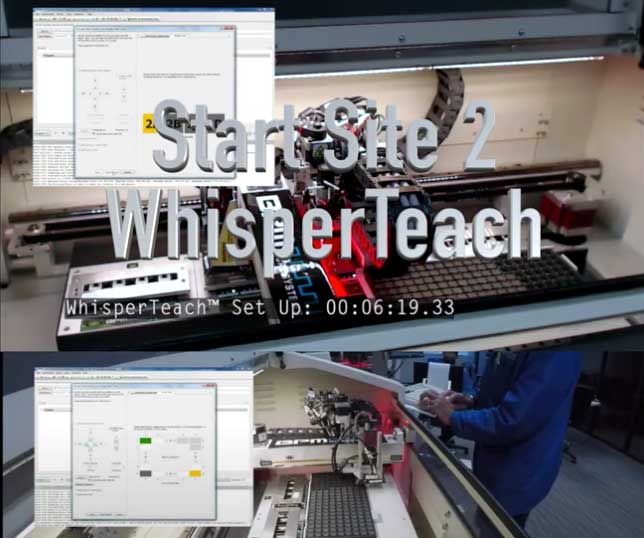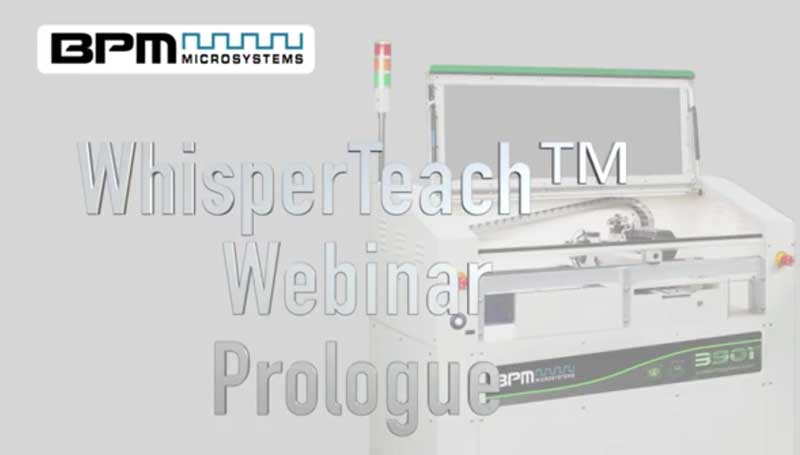Tape-In
The X-Stream Series Tape Feeder System is the reliable, precise automated tape input peripheral for the BPM Microsystems automated programming systems. The X-Stream Series offers a broad range of carrier tape sizes, from 8 to 56mm. Tightly coupled with BPWin™ process control software, the X-Stream Series intelligently advances the feeder on command, ensuring the feeder presents the next device as needed.
The X-Stream Series provides easy setup and fast changeover. Intuitive buttons control tape advance and reverse for simple pick point adjustment and calibration. Each feeder body includes an input reel holder, accommodating reels up to 15 inches in diameter. An ergonomic handle eases operator handling and installation.
Small CSP package handling requires smooth indexing, accuracy, and repeatability. The 8mm and 12mm X-Stream Series feeders are specially engineered to include a pick window with a spring-loaded insert. This stabilizes vibration by applying downward pressure to the carrier tape, resulting in the precise presentation of small components to the APS nozzle.
Designed for high-speed pick and place machines, X-Stream Series feeders are robust with minimal service requirements. If an unexpected error does occur, the onboard diagnostics feature and electronic calibration make troubleshooting fast and easy.
V-TEK TM-50 MK2 Tape Output Machine
Large, small, or difficult-to-place parts are easy to tape with V-TEK’s TM-50. The microprocessor-controlled sealer and stepper motor drive assure precise handling of all taping parameters. Several advance speeds are selectable to accommodate problem parts and to minimize jumping. The innovative set up and change-over design allow an operator to change over carrier and cover tapes in minutes. BPM’s TM-50 MK2 has more sensors than other APS suppliers for maximum throughput and minimum errors.
Flexible, easy-to-use, menu-driven software and advanced electronic characteristics make the TM-50 a perfect choice for your taping needs.
Now available with a side-mount option for the V-TEK TM50. This configuration offers additional flexibility by allowing the machine to utilize options for tape, tray, tube, and marking simultaneously. The V-Tek TM-50 is compatible with both 3000 and 4000 series APS.
